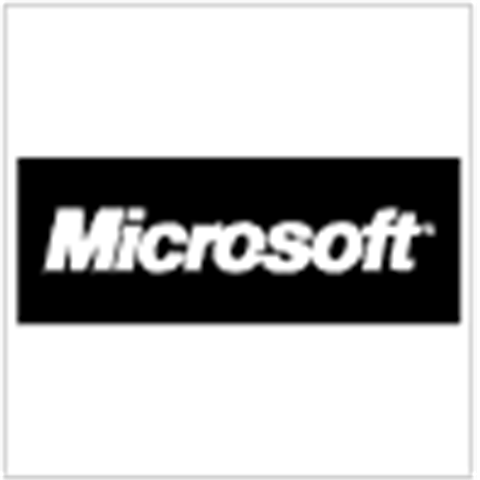Microsoft has published a release candidate of XP Mode for Windows 7. The virtualised platform effectively runs a version of XP within the Windows 7 environment, and was designed to support legacy applications that fail to work under the new operating system.
V3.co.uk tested the beta version in May, which worked well but suffered from some performance issues.
Following feedback from beta testers, the release candidate now includes several new features including a user tutorial about how to use Windows XP Mode.
The software now allows USB devices, such as printers or Flash drives, to be attached to Windows XP Mode applications directly from the Windows 7 task bar, and features a 'jump list' giving access to the most recently used files.
In terms of storage, it is now possible to customise where Windows XP Mode differencing disk files are stored, and drive sharing can be disabled between Windows XP Mode and Windows 7.
Microsoft stressed that it has done everything it can to ensure compatibility between Windows 7 and XP, as well as Vista, and urges users to run their applications natively within the operating system unless they have no other choice than to use XP Mode.
Those using Windows 7 who need access to the virtualisation platform can download it directly from Microsoft.
Microsoft publishes Windows XP Mode RC
By
Staff Writers
on Aug 5, 2009 9:16AM

Got a news tip for our journalists? Share it with us anonymously here.
Partner Content

How Expert Support Can Help Partners and SMBs Realize the Full Value of AI

MSPs with a robust data protection strategy will achieve market success

Beyond the box: How Crayon Is Redefining Distribution for the Next Era

Shared Intelligence is the Real Competitive Edge Partners Enjoy with Crayon

Guiding customers on the uneven path to AI adoption







.jpg&w=100&c=1&s=0)






.jpg&q=95&h=298&w=480&c=1&s=1)




